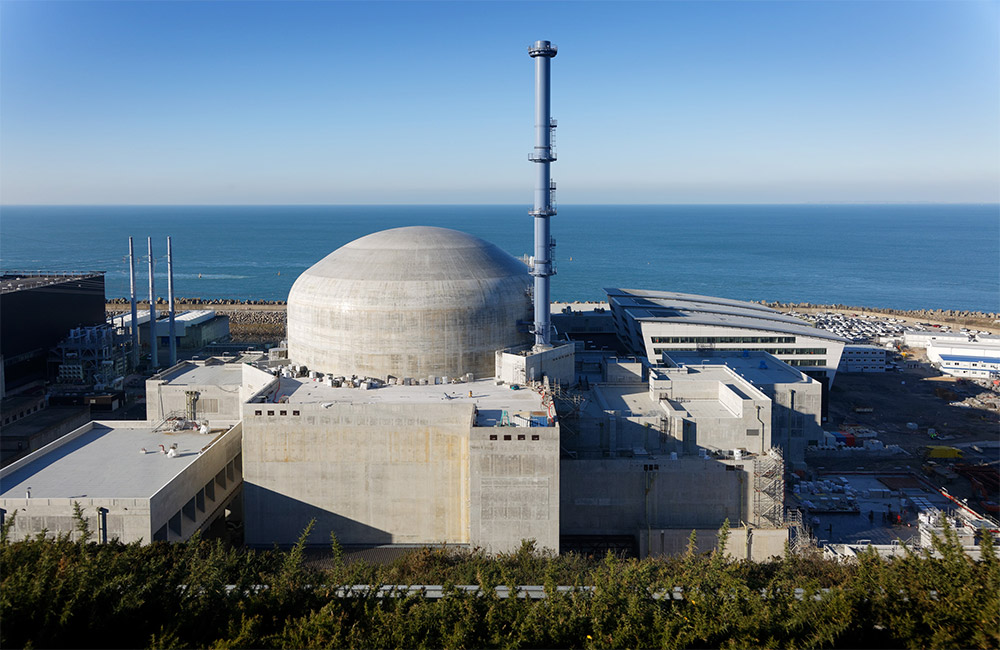Why France is eyeing nuclear power again

After years of backing away from nuclear power, France suddenly wants to build six huge reactors.
This week Le Monde reported that the government asked EDF, the country's main state-controlled energy company, to work up plans to build three new nuclear plants, each with a pair of its EPR reactors. The third-generation design produces enough electricity to supply 1.5 million people, and automatically shuts down and cools in the event of an accident.
It doesn’t appear that any developments are final—or even funded—at this stage. But energy experts were surprised by the news because it seemed to suggest France is adjusting its stance on nuclear. Plus early efforts to build the same style of pressurized-water reactor have been plagued with cost overruns and repeated delays.
The nation produces more than 70% of its electricity from nuclear power, the highest share of any nation in the world. But sentiment shifted after the 2011 Fukushima nuclear disaster in Japan.
French nuclear regulators pushed for safety upgrades to existing plants, and in 2015 the government voted to cut the share of nuclear in the nation’s energy supply to 50% by 2025 (a date later pushed out to 2035).
In recent years, the nuclear industry has struggled in general amid safety concerns, rising competition from natural gas and renewables, and high-profile development boondoggles.
So what’s likely at work here?
France intends to shut down about 15 aging reactors before 2030, says Jessica Lovering, a nuclear researcher at Carnegie Mellon. So building six reactors wouldn't necessarily increase the share of electricity produced by nuclear plants across the nation, particularly as demand increases in the coming years.
Meanwhile, some energy experts noted that France committed just this summer to become carbon neutral by 2050. That’s across the economy, meaning the country will need to slash climate pollution not simply from the electricity sector but in agriculture, transportation, and heavy industry as well. So officials likely want to avoid losing emissions-free electricity at this point. In addition, nuclear plants produce heat that can be used to drive crucial industrial processes.
Some were still surprised that France is forging ahead with large EPR reactors instead of small, modular ones that might significantly cut up-front costs and development risks.
But Lovering and others noted that with the first EPR plants coming online, the industry has developed expertise, supply chains, and design refinements that should help cut costs and reduce the time it takes to develop subsequent reactors.
“Rather than starting over with a new design, I think they’re trying to learn from the failures of the first one and improve on the next generation,” she says.
Deep Dive
Climate change and energy
The problem with plug-in hybrids? Their drivers.
Plug-in hybrids are often sold as a transition to EVs, but new data from Europe shows we’re still underestimating the emissions they produce.
Harvard has halted its long-planned atmospheric geoengineering experiment
The decision follows years of controversy and the departure of one of the program’s key researchers.
Why hydrogen is losing the race to power cleaner cars
Batteries are dominating zero-emissions vehicles, and the fuel has better uses elsewhere.
Decarbonizing production of energy is a quick win
Clean technologies, including carbon management platforms, enable the global energy industry to play a crucial role in the transition to net zero.
Stay connected
Get the latest updates from
MIT Technology Review
Discover special offers, top stories, upcoming events, and more.